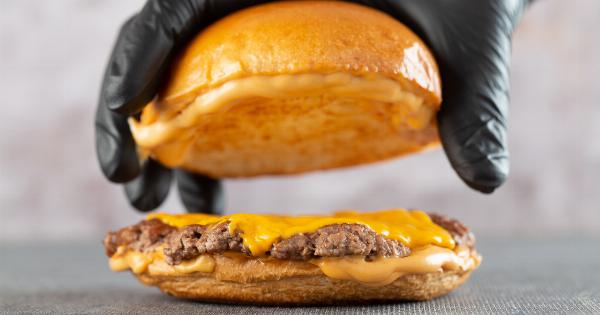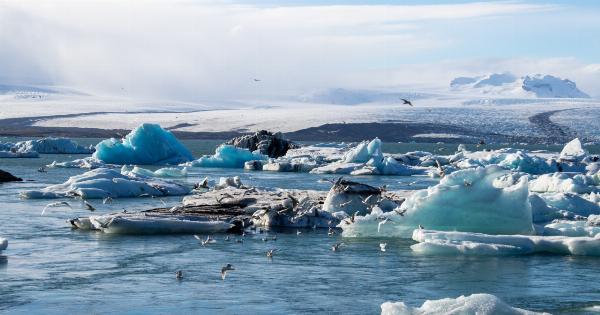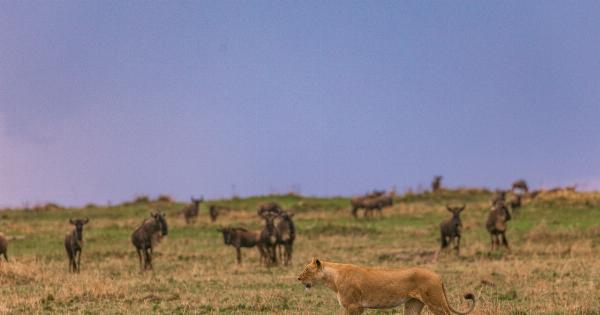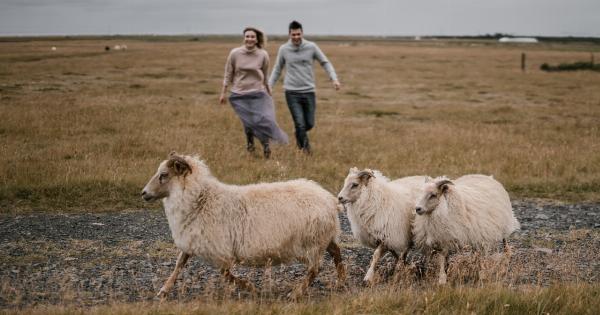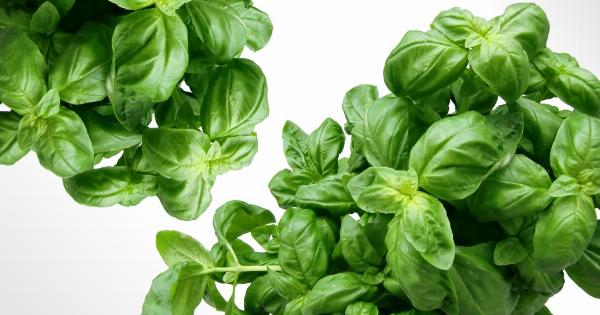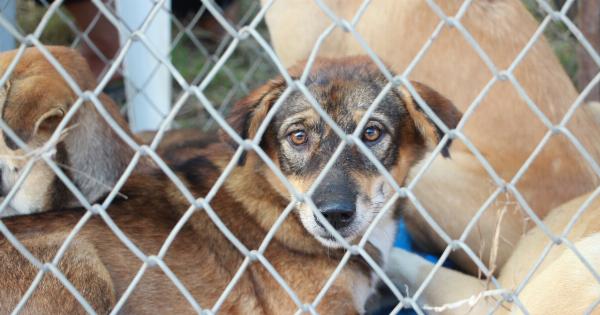Veal meat refers to the meat of a young calf that has been raised on a diet of milk or milk replacement. The meat is pale and tender and is considered a delicacy in many countries around the world.
However, the production of veal meat comes at a significant environmental cost. This article will examine the environmental impact of veal meat production and consumption.
Land use and deforestation
The production of veal meat often involves the use of significant amounts of land. In many cases, the land is cleared of forests or other natural habitats to make way for veal farms or the crops that are used to feed the young calves.
This can result in the loss of biodiversity and the displacement of native species.
According to a report by the World Wildlife Fund, the production of beef and dairy products, including veal, is responsible for around 60% of global biodiversity loss.
This is due to the conversion of natural habitats into agricultural land and the unsustainable use of resources such as water and fertilizer.
Water use and pollution
The production of veal meat also requires a significant amount of water. In addition to the water needed to feed the young calves, water is also used to irrigate the crops that are grown to feed them.
This can lead to water shortages in some areas, particularly in regions with dry climates.
Furthermore, the manure and urine produced by the young calves can pollute nearby waterways, causing damage to aquatic ecosystems and threatening the health of local human populations.
This is because the manure and urine contain high levels of nitrogen and phosphorus, which can cause algal blooms and oxygen depletion in aquatic environments.
Greenhouse gas emissions
One of the biggest environmental costs of veal meat production is the emission of greenhouse gases. These gases are produced through a variety of processes, including the production of feed crops, transportation, and the handling of animal waste.
In particular, the methane produced by the young calves themselves is a potent greenhouse gas that contributes to climate change.
According to the Food and Agriculture Organization of the United Nations, the livestock sector, including the production of veal, accounts for around 14.5% of global greenhouse gas emissions.
This is more than the emissions from the entire transportation sector.
Animal welfare
In addition to the environmental costs, the production of veal meat also raises concerns about animal welfare. Many veal calves are raised in cramped and inhumane conditions, and are often separated from their mothers at a young age.
The use of milk replacers can also lead to health problems for the young calves, such as diarrhea and pneumonia.
Furthermore, some veal producers use practices such as tethering or crate confinement to limit the movement of the young calves.
This can cause physical and psychological stress, and can lead to health problems and a reduced quality of life for the animals.
Sustainable and ethical alternatives
Given the significant environmental and ethical concerns associated with veal meat production, many consumers are looking for sustainable and ethical alternatives.
One option is to choose meat that has been produced using more sustainable and humane practices, such as grass-fed beef or pasture-raised pork. These animals are typically raised in more natural environments, and are fed more diverse diets that can help to reduce the environmental impact of meat production.
Another alternative is to reduce or eliminate meat consumption altogether. Plant-based diets have been shown to be more environmentally sustainable than meat-based diets, and can also be healthier for humans.
Additionally, there are now many plant-based meat alternatives on the market that can provide the taste and texture of meat without the environmental and ethical costs.
Conclusion
The production of veal meat comes at a significant environmental cost, including land use and deforestation, water use and pollution, and greenhouse gas emissions.
Furthermore, concerns about animal welfare highlight the ethical concerns associated with veal production. By choosing more sustainable and ethical alternatives, such as grass-fed beef, pasture-raised pork, or plant-based diets, consumers can help to reduce the environmental impact of meat production and promote more ethical practices in the industry.

